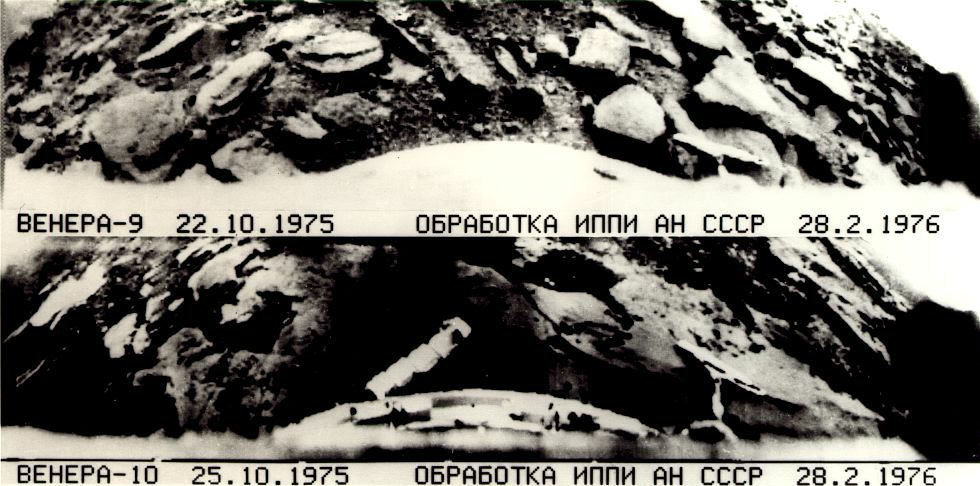Five years ago today — July 10, 2005 — the Japanese Suzaku spacecraft launched from the Uchinoura Space Center in Japan.
Also known as Astro-E2, Suzaku included U.S.-built X-ray telescopes from NASA’s Goddard Space Flight Center.
The Suzaku mission helped complete the picture we have of the universe in the X-ray portion of the electromagnetic spectrum. Here’s the GSFC page about their part of the mission.
And yesterday another Japanese mission achieved the largest-ever acceleration of a spacecraft by impingement of photons on a solar sail.

(Image of the Ikaros solar sail, taken from the separation camera. From the Japanese Space Agency (JAXA) June 28 press release.)
The Ikaros demonstrator had been launched on May 20th along with the Venus-bound Akatsuki probe, with the express purpose of testing solar sail technology. Here’s the Spaceflight Now report on its remarkable accomplishment.
The Japanese are planning a larger-scale solar sail mission for later this decade.















